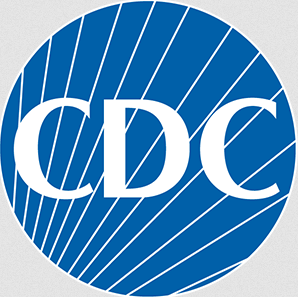CDC has sequenced the influenza viruses in specimens collected from the patient in Louisiana who was infected with, and became severely ill from HPAI A(H5N1) virus. The genomic sequences were compared to other HPAI A(H5N1) sequences from dairy cows, wild birds and poultry, as well as previous human cases and were identified as the D1.1 genotype. The analysis identified low frequency mutations in the hemagglutinin gene of a sample sequenced from the patient, which were not found in virus sequences from poultry samples collected on the patient’s property, suggesting the changes emerged in the patient after infection.
This technical summary of an analysis of the genomic sequences of the viruses identified in two upper respiratory tract specimens from the patient who was severely ill from an infection with highly pathogenic avian influenza (HPAI) A(H5N1) virus in Louisiana. The patient was infected with A(H5N1) virus of the D1.1 genotype virus that is closely related to other D1.1 viruses recently detected in wild birds and poultry in the United States and in recent human cases in British Columbia, Canada, and Washington State. This avian influenza A(H5N1) virus genotype is different from the B3.13 genotype spreading widely and causing outbreaks in dairy cows, poultry, and other animals, with sporadic human cases in the United States. Deep sequencing of the genetic sequences from two clinical specimens from the patient in Louisiana was performed to look for changes associated with adaptation to mammals. There were some low frequency changes in the hemagglutinin (HA) gene segment of one of the specimens that are rare in people but have been reported in previous cases of A(H5N1) in other countries and most often during severe infections. One of the changes found was also identified in a specimen collected from the human case with severe illness detected in British Columbia, Canada, suggesting they emerged during the clinical course as the virus replicated in the patient. Analysis of the N1 neuraminidase (NA), matrix (M) and polymerase acid (PA) genes from the specimens showed no changes associated with known or suspected markers of reduced susceptibility to antiviral drugs.
Overall, CDC considers the risk to the general public associated with the ongoing U.S. HPAI A(H5N1) outbreak has not changed and remains low. The detection of a severe human case with genetic changes in a clinical specimen underscores the importance of ongoing genomic surveillance in people and animals, containment of avian influenza A(H5) outbreaks in dairy cattle and poultry, and prevention measures among people with exposure to infected animals or environments.






